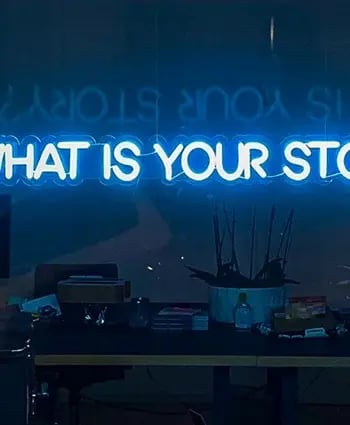Why it's important to get audience feedback before finalising your videos
Unlock the power of feedback in video production. Learn validation, technical checks, and cost-effective methods for top-tier results.
In the realm of video production, there's a saying that echoes through the corridors of every studio: "The edit isn't finished until the audience says so." As it suggests, feedback—be it from clients, colleagues, or the intended audience—plays a pivotal role in ensuring the final product resonates as intended.
While your team might produce what feels like a masterpiece, it's essential to remember that video creation isn't just an art but a means of communication. And for communication to be effective, it has to be clear, engaging, and relevant to the intended viewer.
So, before hitting the 'publish' button on your next video, let's delve into the whys and hows of gathering feedback.
1. Why Seek Feedback?
Validation and Relevance: Your team's vision might be crystal clear, but does it translate on screen for an uninformed viewer? Feedback ensures the message, narrative, and visuals are aligned and relatable to the target demographic.
Technical Checks: Sometimes, minor issues, like a subtle sound glitch or a frame that's a tad too dark, can be missed. Fresh eyes (and ears) help pinpoint these glitches.
Cost-Efficiency: Re-shooting or making edits after a video has been distributed can be expensive. Feedback can help avoid these costs by addressing issues upfront.
2. Who Should You Seek Feedback From?
Internal Team: They know the project inside out and can provide input on whether the video aligns with the initial objectives.
Client/Stakeholders: If you're creating a video for a client, their feedback is paramount. They understand their brand and audience best.
Target Audience or Focus Group: This can provide invaluable insights into how the intended viewers perceive and engage with the video.
3. How to Collect Feedback Effectively
Structured Forms: Instead of a generic "What do you think?", provide structured forms with specific questions related to narrative flow, clarity of message, visual aesthetics, and more.
Digital Tools: Platforms like Frame.io or Wipster allow for time-coded feedback, streamlining the review process.
In-Person Sessions: If possible, sit with the reviewer. Watch their reactions in real-time and discuss points of contention immediately.
4. Implementing Feedback
Remember, not all feedback will be relevant. It's vital to differentiate between subjective opinions and objective critiques that can genuinely elevate the video's quality. Also, sometimes feedback can conflict. In these situations, rely on your expertise, keeping the target audience's preferences in mind.
5. The Role of Feedback in a Video Production Company's Success
For video production companies, feedback isn't a one-time affair. It's a continuous learning curve. By consistently gathering and implementing feedback, companies can refine their production processes, stay attuned to audience preferences, and foster long-term client relationships.
Wrapping up
In the dynamic world of video production, the quest for perfection never ceases. And while there's no formula for the perfect video, feedback sure steers you closer to it. So, before finalising your video masterpiece, open the floor to critiques, listen keenly, iterate, and then let your video shine
Written by Jonathan English CEO for Venture Videos — a full-service video production agency that specialises in producing creative videos & campaigns that get real results.










